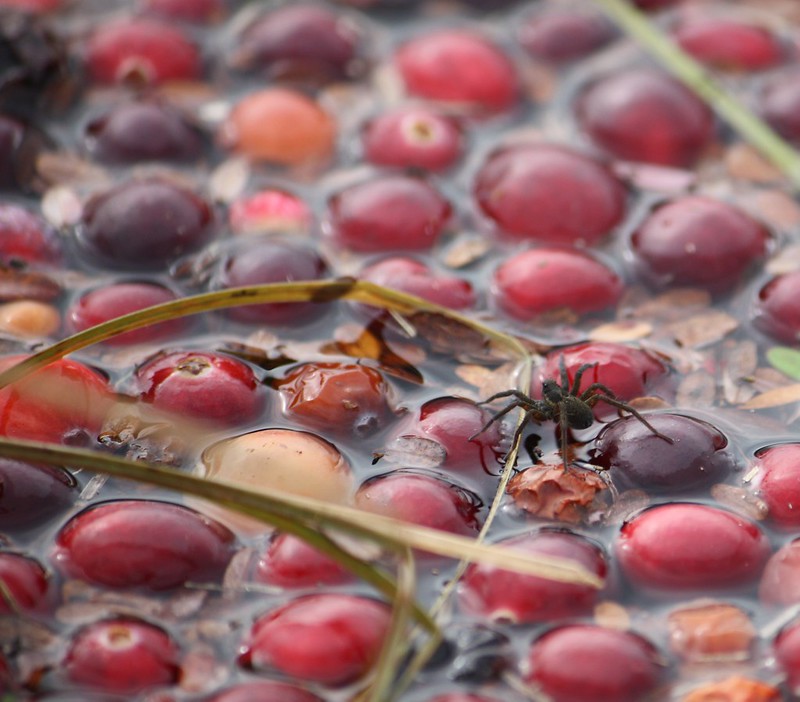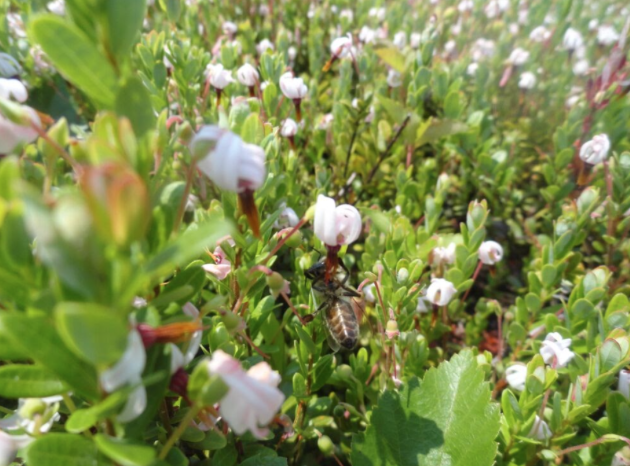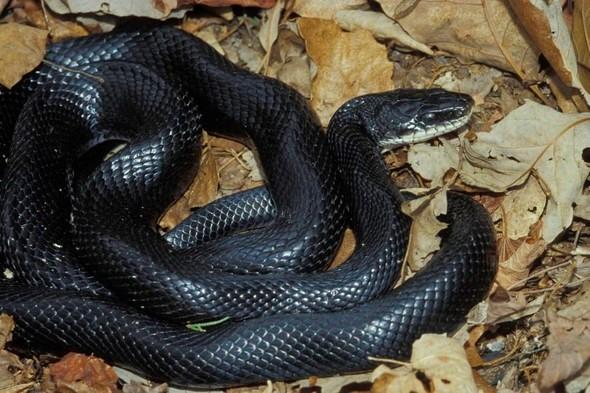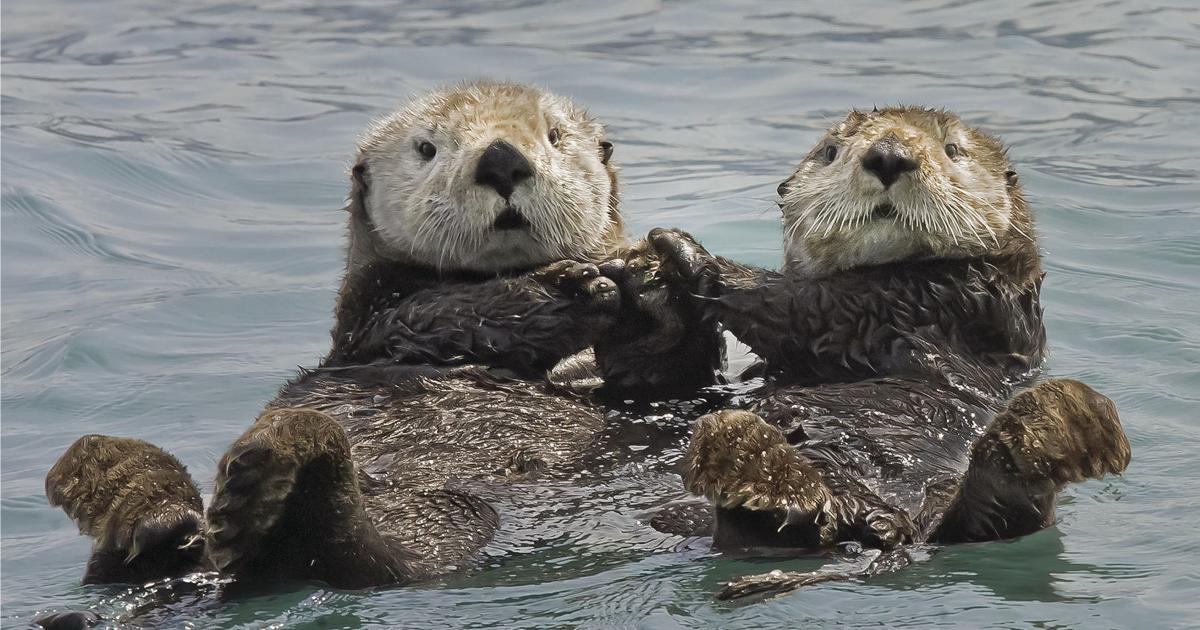10 Animals to Keep an Eye Out for Around the Bog
Cranberry Bogs are much more than a farm, they are an ecosystem. Ecosystems can vary from Mountains, to Saltwater Marshes, Great Plains and even Cranberry Bogs! Each ecosystem is unique in its make up, finding the detailed balance between the living organisms and their physical environment.
Our daily farming practices play a large role in the overall health of our bogs and in turn the native wildlife around us. How we cultivate and harvest our crops boldly affects nature around us. The plants pull out the nutrients from the sun and the soil, the bugs eat the plants, the frogs eat the bugs, the smaller mammals eat the frogs, and the birds eat the mammals. It's all part of something bigger!
Spiders
Over the course of the year we see a large variety of wildlife here at our bogs. The smaller the species the more common they are! We have bog spiders and no, despite what you may have heard they are not employees! Spiders are an essential part of the ecosystem. As they spin their intricate webs among the plants, they help maintain the delicate balance of nature by controlling insect populations. Their presence indicates a healthy bog environment.

Bees and Butterflies
The springtime brings an influx of species coming out of hiding from the winter months. We start to see early bird migration along with the emerging bees and butterflies stretching their wings as they begin to pollinate the native flora. To ensure that all of our crops are pollinated we secure our bees from two different companies (thttps://capecodselect.com/blog/entry/bog-bees). Alongside the bees, the colorful butterflies help pollinate and add a touch of beauty to the bog landscape, dancing gracefully in the breeze.

Frogs
If you've been on the internet lately you know that cranberries and frogs go hand in hand.. It must be fall! The bogs provide frogs with the ideal damp conditions that they need to thrive. Frogs are not only captivating to watch but, much like the spiders, are also essential for controlling insect populations, making them crucial players in the bog's delicate ecological orchestra.

White Tailed Deer
Deer can also be found grazing in the adjacent treeline or grabbing a drink along the bog at dusk and dawn. The vegetation around the bogs creates an ideal habitat for the local White tailed deer population. The trees around the property provide a sense of protection for the deer and other native mammals.

Ducks
Ducks begin to make their way to the bogs in the late winter before settling down to build a nest. Wood Ducks among several other species including Mallards and Gadwal will be found around the bog. Here at Edgewood bogs we are taking part in a research project where we have introduced 25 new Wood Duck Boxes placed along the edge of the bog and neighboring ponds to encourage nesting and reproduction.

Wading Birds
Other wading birds like Cranes and Egrets will use the bogs in search of both food and shelter. It is even thought that the cranberries' light pink blossoms that appear in early spring resemble the neck and head of the Sandhill crane, giving us the early name Crane-berries!

Turtles
Turtles, especially Eastern Box Turtles and Snapping Turtles, are often found in the bogs and the neighboring reservoirs. The wet soil and flooded bogs make for an ideal habitat for turtles basking in the sun and a great place to incubate their nests. Box Turtles are typically pretty small and measure in around 4.5 inches in length. Some of these tiny turtles can live to be around 60 years old!

Snakes
Upon taking your stroll make sure to keep an eye on the brush, snakes can often be found curled up sunbathing or swimming across a flooded bog during Harvest. Those commonly seen are Northern Water snakes, Garter snakes and the occasional Black Rat Snake and Black Racers! These non-venomous Snakes are not a bad thing to have around the farm, they help control the small rodent population to maintain a healthy ecosystem.

River Otters
These cute little guys are often found in the neighboring ponds and reservoirs around the farm. Otters are carnivorous and while their primary source of food is fish, they will often consume snakes, frogs and insects if available. They can be seen playing as they are a very social animal. They have even been known to team up in order to catch their dinner.

While we've highlighted ten fascinating animals, the bog is home to a myriad of other creatures, both big and small. From insects buzzing around the flowers to elusive mammals exploring the treeline, the bog offers endless wonders for those willing to explore. So, the next time you're strolling through your local bog or visiting during harvest season, keep an eye out for these marvelous creatures, and take a moment to appreciate the intricate dance of life unfolding around you. Happy bogging!

 BACK TO BLOG
BACK TO BLOG

